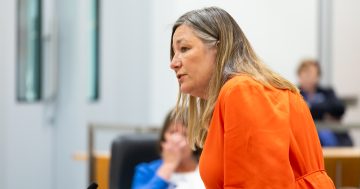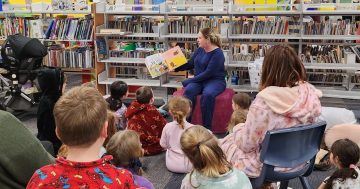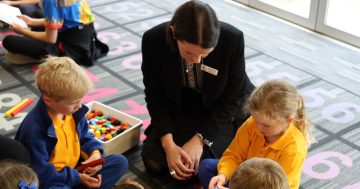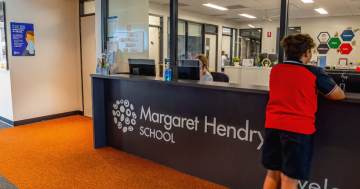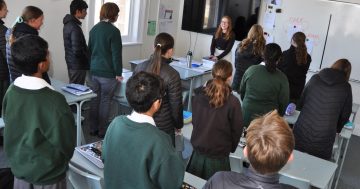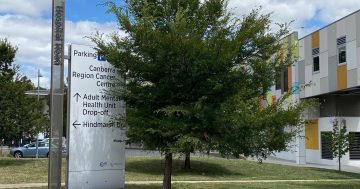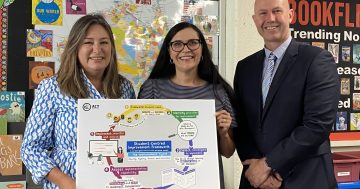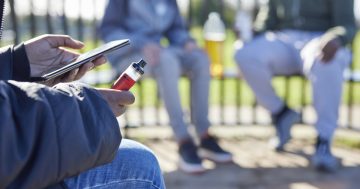
The Safe Schools Coalition’s anti-bullying program continues to be the subject of misunderstanding both here and across the country. Even some of our elected representatives appear confused about what Safe Schools Coalition is and what it isn’t. While the program is currently being adapted for the ACT and will be operating under a new name from July this year, it is useful to have the facts about this initiative so we can form views based on an understanding of how the program operates rather than respond to the noise that is generated by controversy and incomplete information.
We need this program in schools because schools are not always safe places for people. The Third Survey into the Sexual Health and Wellbeing of Same Sex Attracted and Gender Questioning Young People, Writing Themselves In, found that 75% of lesbian, gay, bisexual, transgender, intersex and queer (LGBTIQ) young people experience abuse and discrimination, with 80% of these experiencing this at school. School environments that are welcoming, supportive and accepting have a significant positive impact on the mental health and wellbeing of LGBTIQ young people.
The Safe Schools Coalition initiative DOES offer free resources and support to enable school staff to access knowledge, skills and practical ideas to create a safer and more inclusive school for students, staff, and families who are part of LGBTIQ communities. This is a voluntary program where principals and teachers decide what support and resources are most appropriate for their schools. Schools themselves decide if they access professional learning for teaching staff, guidance, professional advice about how school operations can be more inclusive or specific resources to address homophobic and transphobic behaviour and actively support diversity in schools.
One of the many support that is provided is the teaching and learning resource All of Us. This includes aged appropriate resources, is aligned with the Australian Curriculum and can be used by teachers if they determine this is relevant for their school community and is age-appropriate for their students. Like all curriculum in the ACT, education professionals and school leaders are well placed and regularly consider these factors in planning teaching programs. There is no requirement to use this resource by member schools. One common misunderstanding about the Safe Schools Coalition program is that it focuses just on teaching All of Us in classrooms, which is clearly not the case.
Safe Schools Coalition IS NOT a sex education program. It is an anti-bullying program aimed at providing information and tools to make schools a safe a welcoming place for all students and families. Safe Schools IS NOT a mandated, specific in-class program. The authorised national program materials that include guidance documents, information for parents and All of Us are all available on the Student Wellbeing Hub. The Hub is an Australian Government website that contains resources and information about a wide range of programs, not just the Safe Schools Coalition Australia.
Many ACT schools have joined Safe Schools because they find it a useful complement to the many programs and initiatives that are rolled out in ACT schools. We should not be afraid of our schools working to create school environments that are more welcoming, nor should we be concerned about our young people being supported to develop knowledge and skills to enhance respect, kindness, and understanding. All students are entitled to accessing a school education in an environment that is safe and supportive. Families, in all their diversity, need to be able to engage with schools in a way that is positive and affirming. I think we are lucky to be living in a place where our schools will be able to deliver this type of initiative in a way that is evidence-based and working in the best interests of students and school communities.
If you or someone you care about needs support, there are places you can go for help. They include LIFELINE 13 11 14, KIDS HELPLINE 1800 551 800 and QLIFE 1800 184 527












